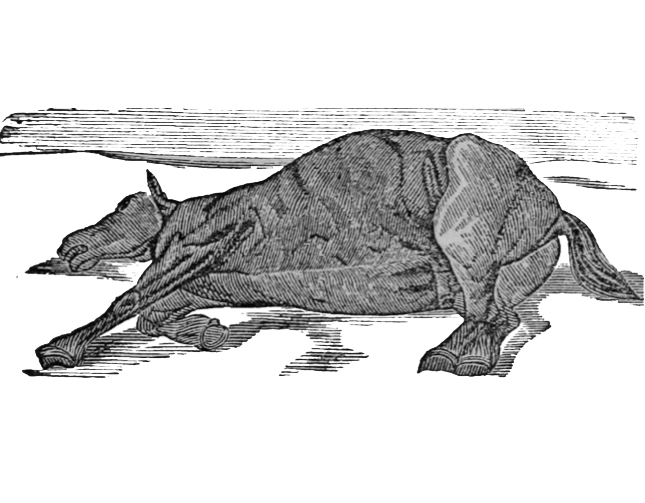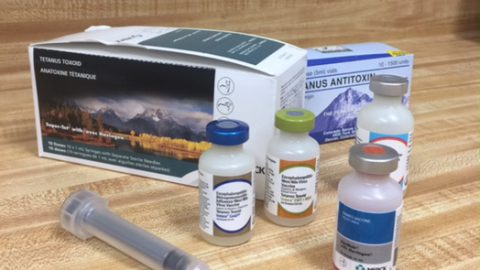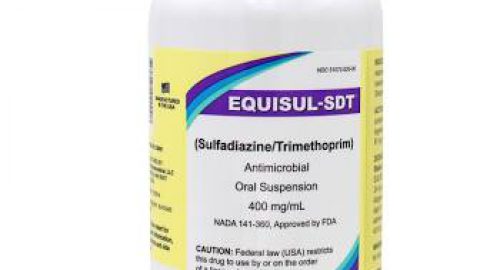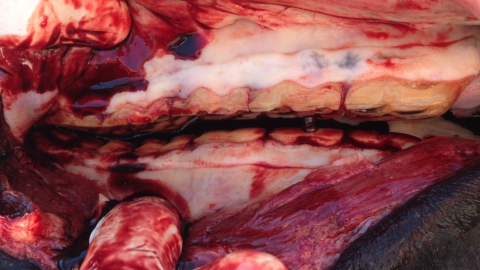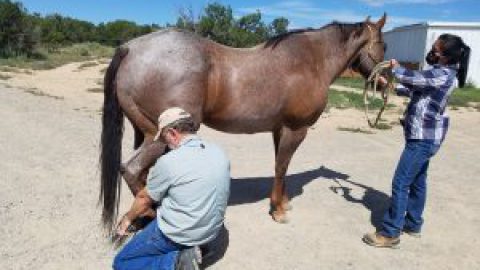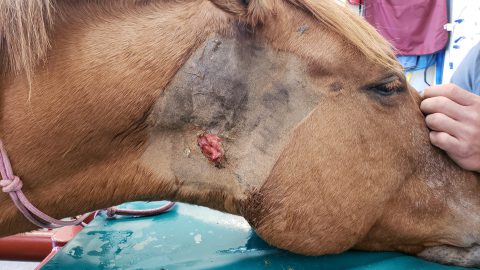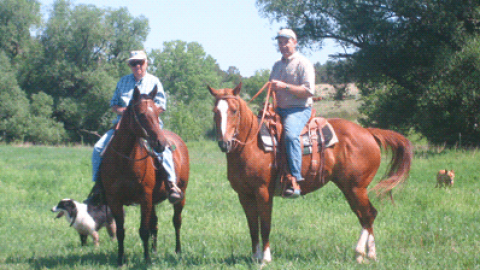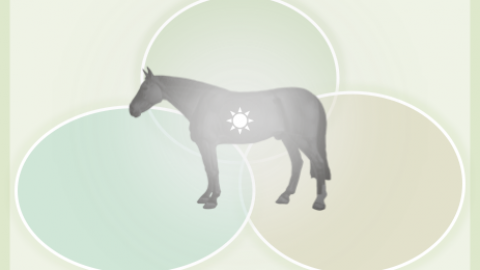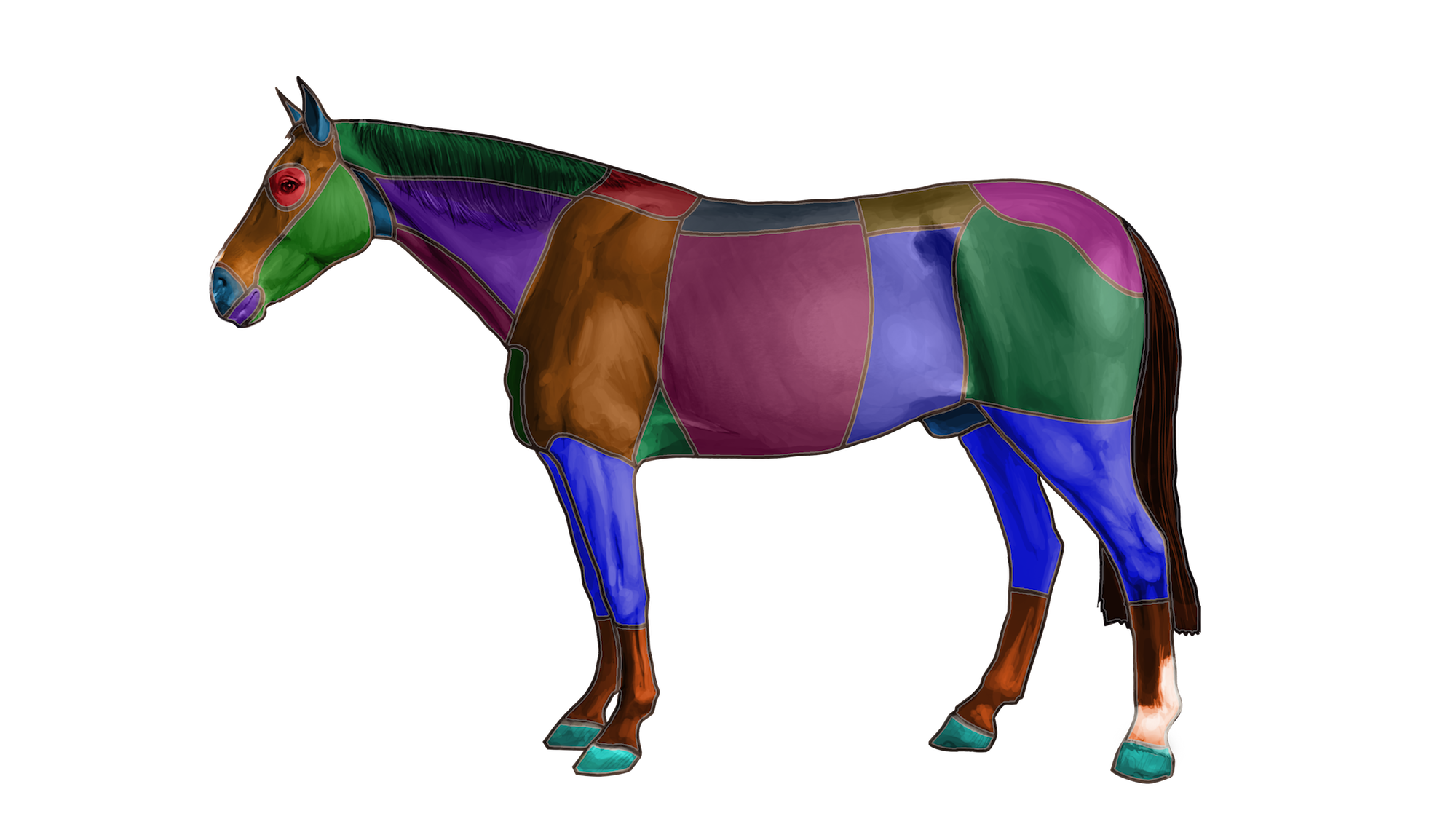10 Common Horse Emergencies & the Skills You Need to Help
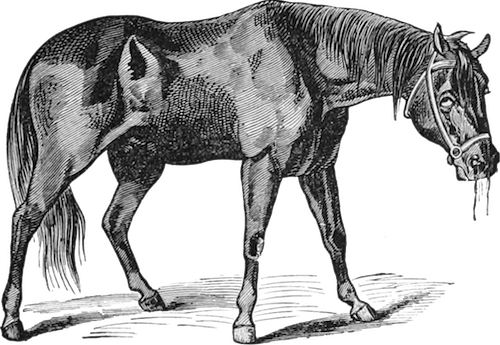 After 23 years practicing exclusively equine vet medicine, I have seen a huge variety of emergencies. Horses can find all kinds of inventive ways to injure themselves or become ill. But some emergencies are more common than others.
After 23 years practicing exclusively equine vet medicine, I have seen a huge variety of emergencies. Horses can find all kinds of inventive ways to injure themselves or become ill. But some emergencies are more common than others.
Below are my top 10. Click on each title to go to that OBSERVATION.
There are also links to the SKILLS you may need, depending on the particular circumstances. It is always best to contact your vet promptly whenever you are faced with any equine emergency, even if it is simply for guidance.
#1 Abdominal Pain, Colic Signs
-
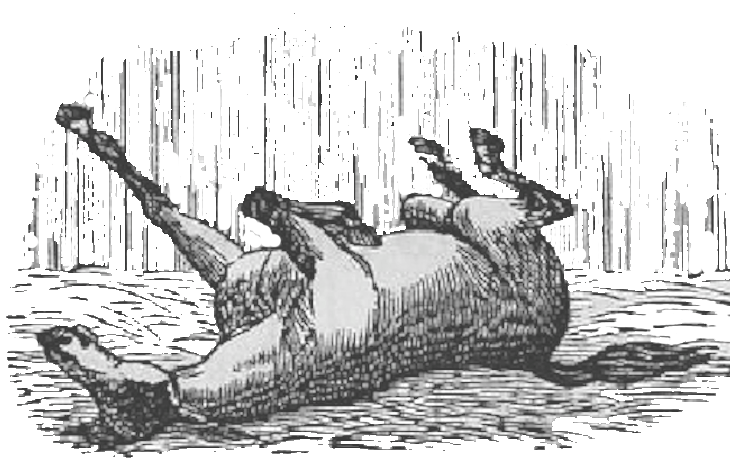 Perform Whole Horse Exam™ (WHE)
Perform Whole Horse Exam™ (WHE) -
Assess Color of Mucous Membranes
-
Assess Demeanor or Attitude
-
Assess Gut or Intestinal Sounds
-
Assess Manure
-
Assess Capillary Refill Time (CRT) by examining Gums
-
Give Intramuscular (IM) Injection
-
Give Oral Medication
-
Sand Sediment Test
-
Handle Horse With Colic
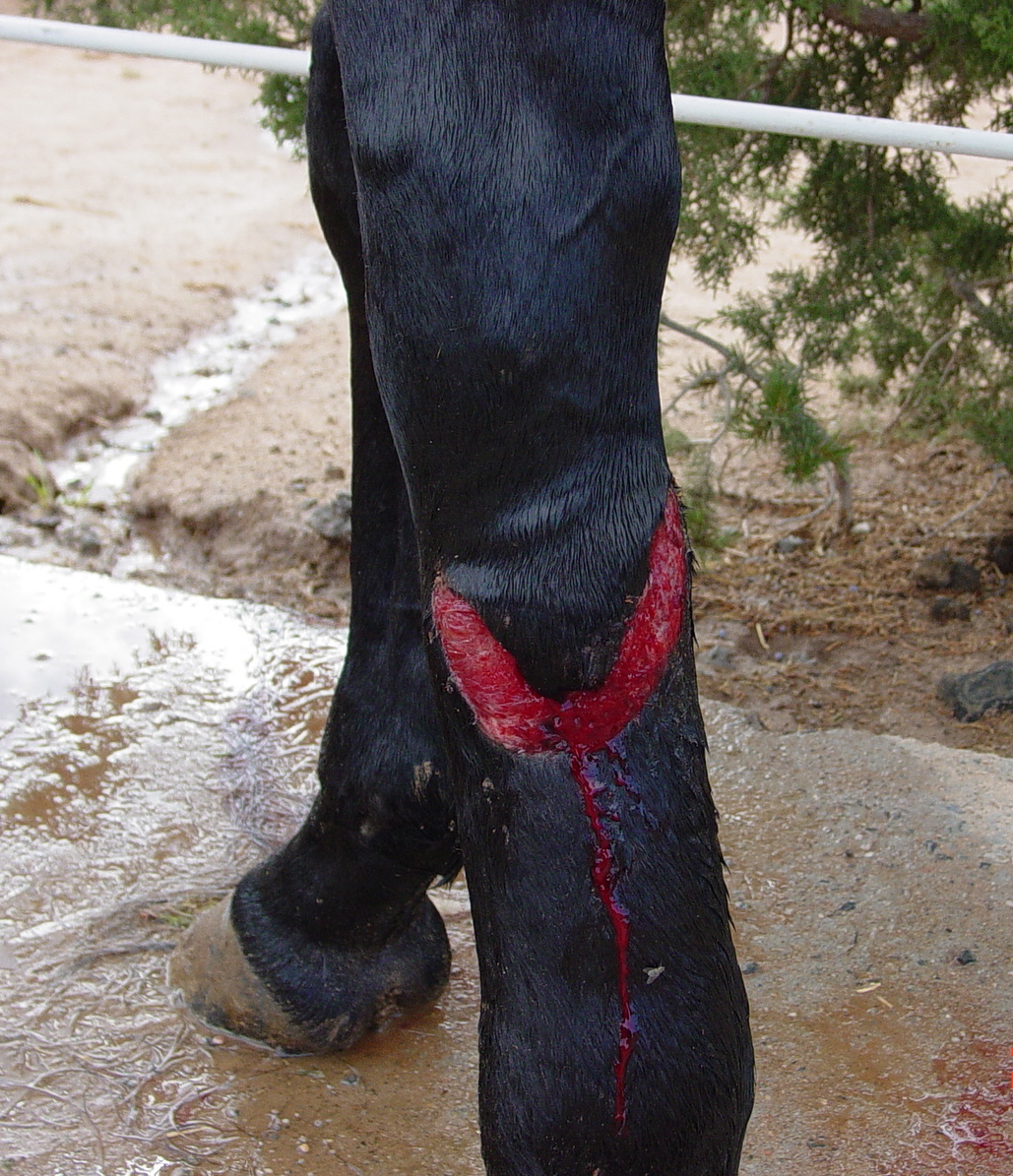
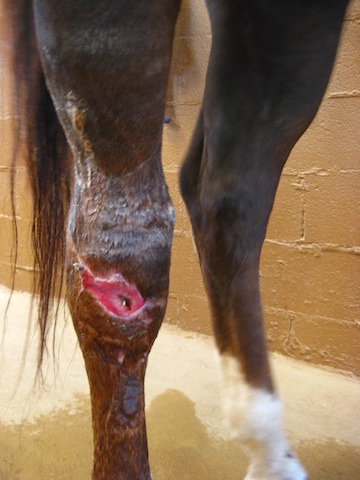 #2 Lower Leg Wound
#2 Lower Leg Wound
-
Assess Wound
-
Assess Lameness at the Walk
-
Bandage Limb or Leg Wound
-
Perform Whole Horse Exam (WHE)
-
Stop Bleeding on Lower Limb Using Pressure Bandage
#3 Severe Lameness
-
Assess Foot or Hoof
-
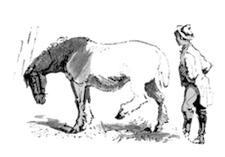 Assess Heat & Digital Pulse in Feet
Assess Heat & Digital Pulse in Feet -
Perform the Whole Horse Exam (WHE)
-
Assess Injured or Affected Area
-
Assess Front Limb
-
Give Oral Medication
-
Pull Shoe
#4 Swollen Lower Leg
-
Assess Heat & Digital Pulse in Feet
-
Assess Lameness at the Walk
-
Assess Injured or Affected Area
-
Take Photo & Send to Your Vet
-
Apply Lower Limb Support Bandage or Standing Wrap
-
Perform Whole Horse Exam (WHE)
-
Assess Front Limb
#5 Squinting Eye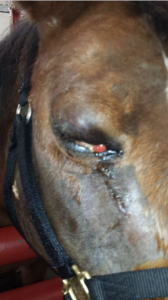
#6 Not Eating, Not Hungry
#7 Discharge from Both Nostrils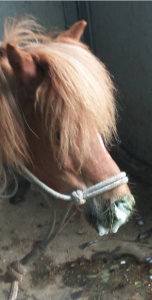
#8 Coughing
#9 Down, Can’t Rise, Seems Alert
#10 Loose Manure Or Diarrhea (in Adult)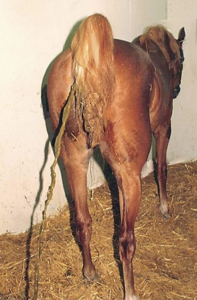
-
Perform Whole Horse Exam (WHE)
-
Manage Potentially Contagious Horse
-
Assess Manure
-
Assess Environmental Factors
-
Sand Sediment Test
Don’t see your horse emergency here?
Then take a look at our far longer list of 600+ Horse Owner Observations or type a word or two that describes your query into the main search bar above, or search based on anatomical area using our equine models.
![]()


